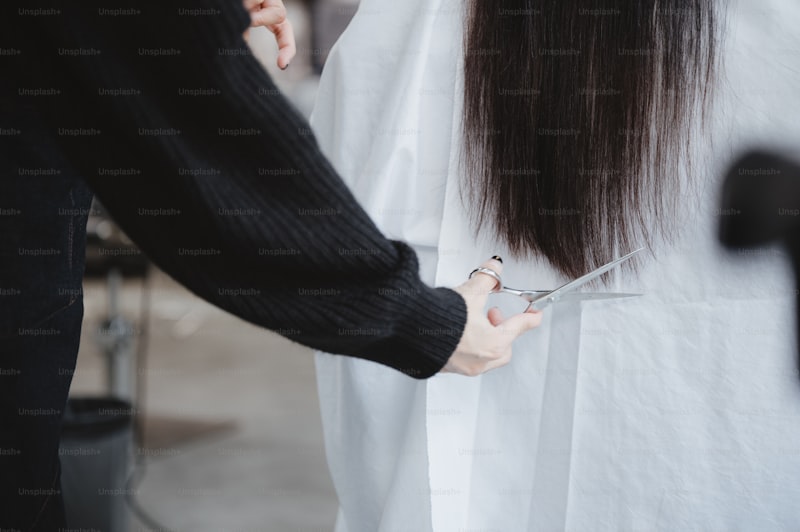Mastering Coordination with Bridal Style: A Comprehensive Guide
Introduction to Bridal Style Coordination
The wedding season is a time of joy and celebration, and for the bride, it’s a moment that requires meticulous planning and coordination. When it comes to making a bridal appearance unforgettable, coordination with bridal style is crucial. Understanding how to align various elements, from attire to accessories, can significantly enhance the overall wedding aesthetic. In this article, we will delve into various aspects of coordinating bridal style, offering tips and insights to ensure that the bride shines on her special day.
Understanding Bridal Styles
Bridal style can vary significantly depending on cultural backgrounds, individual preferences, and current fashion trends. Here are some popular bridal styles:
| Bridal Style | Description |
| Classic | A timeless and elegant approach, featuring ball gowns and lace. |
| Bohemian | Casual and whimsical, often incorporating floral elements and flowy fabrics. |
| Modern | Sleek and minimalist designs emphasizing clean lines and contemporary fabrics. |
| Vintage | Inspired by historical styles, often seen with retro lace and unique embellishments. |
Choosing the Right Dress
One of the most significant decisions in coordinating bridal style is selecting the perfect wedding dress. Factors to consider include body shape, wedding theme, and personal style preferences. Here are some key considerations:
- Body Shape: Understanding your body shape can help you select a dress that highlights your best features. A-line dresses suit various figures, while mermaid styles enhance curves.
- Wedding Theme: The dress should align with the overall wedding theme. For instance, a Rustic wedding may benefit from a simple lace dress, while a glamorous event may call for a sparkling ball gown.
- Color Coordination: While white is traditional, consider incorporating colors that reflect your personality or match the wedding palette.
Accessories Matter
Accessories play a vital role in coordinating bridal style. They can elevate the look and add personal flair. Key accessories include:
- Veils: A classic veil adds a touch of tradition and can complement the dress style.
- Jewelry: Choose pieces that enhance your dress without overwhelming it. Dainty necklaces or statement earrings can both work well depending on the dress design.
- Footwear: Ensure your shoes are comfortable yet stylish. Consider the venue; if it's an outdoor wedding, opt for wedges or flats.
Bridal Color Palettes
Coordinating colors is essential to achieving a cohesive bridal style. Here are popular color palettes:
| Color Palette | Description |
| Classic White and Gold | An elegant combination that exudes luxury and sophistication. |
| Pastel Shades | Soft pinks, lavenders, and baby blues create a romantic atmosphere. |
| Bold Jewel Tones | Rich colors like emerald green and royal blue add a touch of drama. |
| Earthy Tones | Neutrals and greens create a rustic, natural look, perfect for outdoor ceremonies. |
The Role of Floral Arrangements
Flowers are crucial in enhancing the bridal style. They not only decorate the venue but also complement the overall aesthetic. When coordinating flowers, consider:
- Flower Types: Choose flowers that match your color palette and the season. Peonies and roses are popular for romantic themes, while wildflowers fit a bohemian style.
- Bouquet Style: The bouquet should mirror the overall style of the wedding, whether it’s a structured bouquet for a classic look or a loose, cascading arrangement for a relaxed vibe.
Bridal Hair and Makeup Coordination
Your hair and makeup should reflect the chosen bridal style. Here are some tips to ensure everything aligns perfectly:
Hair Styles
- Elegant Updos: Suitable for classic and modern styles, allowing a clear view of the dress.
- Loose Waves: Great for bohemian looks, providing a soft, romantic feel.
- Half-Up, Half-Down: Versatile and can work with various styles, merging formal and relaxed elements.
Makeup Styles
Makeup should enhance natural beauty while complementing the wedding theme:
- Natural Look: Ideal for a soft, romantic style, focusing on a flawless complexion.
- Bold Lips: A pop of color can match a vibrant theme and draw attention.
- Smoky Eyes: Adds drama and sophistication for evening weddings.
Incorporating Cultural Elements
Many couples choose to incorporate cultural elements into their wedding, which requires thoughtful coordination. This may include traditional attire or rituals that should align seamlessly with the overall bridal style.
- Attire: Ensure wedding attire, including bridal and groom outfits, reflects cultural heritage.
- Rituals: Plan timing and setup around cultural practices, ensuring everything integrates harmoniously into the schedule.
Preparing a Timeline
Effective coordination of bridal style requires careful planning. Creating a timeline helps ensure that all elements come together smoothly. Consider the following:
- Create a checklist of all items needed, from attire to florals.
- Set deadlines for all vendors and services to be finalized well before the wedding date.
- Allow for adjustments and contingencies in case of unforeseen changes.

Final Thoughts on Coordination with Bridal Style
Coordinating bridal style is an intricate yet rewarding process that requires careful thought and planning. By keeping various elements cohesive—from the wedding dress to the accessories and flowers—you can create a seamless look that will resonate on your special day. Remember, the key is to reflect your personal style while considering the wedding theme and venue. Stay organized, communicate with your vendors, and don’t hesitate to seek help from friends or family. This way, your wedding day can be a joyful celebration filled with love, beauty, and unforgettable memories.
In summary, remember the importance of organization, and allow your personal style to shine through every detail of your bridal look. Whether you prefer a classic approach or a unique take on tradition, your wedding day should reflect who you are as a couple.